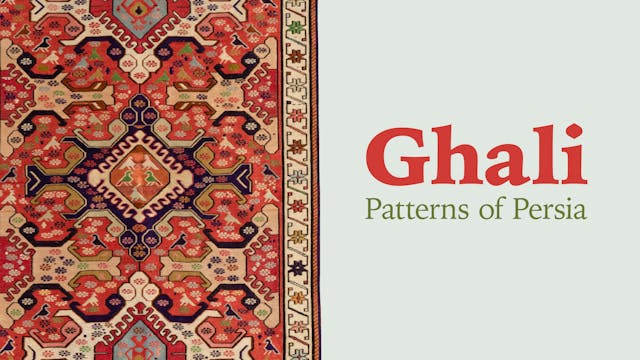Turkish Iznik
Traditional Crafts of the Muslim World
•
Documentary, History
As industrialisation has taken hold in the world, traditional arts and handicrafts are gradually disappearing. However, there are still master craftsmen and women keeping various traditional crafts alive.
Iznik pottery, or Iznik ware, named after the town of İznik in western Anatolia where it is made, is a decorated ceramic that was produced from the last quarter of the 15th century until the end of the 17th century.
İznik was an established centre for the production of simple earthenware pottery with an underglaze decoration when, in the last quarter of the 15th century, craftsmen in the town began to manufacture high quality pottery with a fritware body painted with cobalt blue under a colourless transparent lead glaze. The designs combined traditional Ottoman arabesque patterns with Chinese elements. The change was almost certainly a result of active intervention and patronage by the recently established Ottoman court in Istanbul who greatly valued Chinese blue-and-white porcelain.
Up Next in Traditional Crafts of the Muslim World
-
Ghali, Patterns of Persia
In the east northern part of Iran ina village named Dovidokh, all the women earn a living and support their families by knotting and weaving traditional Turkmen carpets with beautiful and colorful patterns.
-
Sindhi Ajrakh
Traditionally, Ajrak is the name of a block printed cloth with deep crimson red and indigo blue background, bearing symmetrical patterns with interspersed unprinted sparkling white motifs. An ancient craft, the history of the Ajrak can be traced back to the civilizations of the Indus Valley that ...
-
Rajistani Razai
An insight into the making of a luxury craft quilt and what distinguishes it and makes it unique and valuable.
Cultural traditions keep us rooted and preserve wisdom through the ages. It is our responsibility to keep them alive and share the legacy with future generations.
Encouraging quality c...



